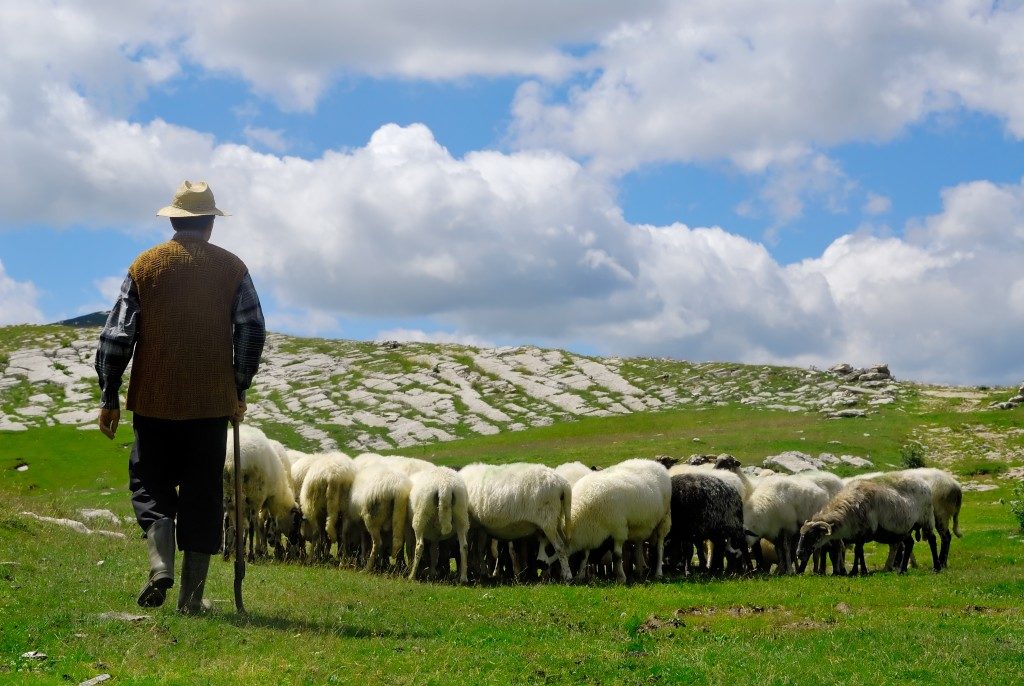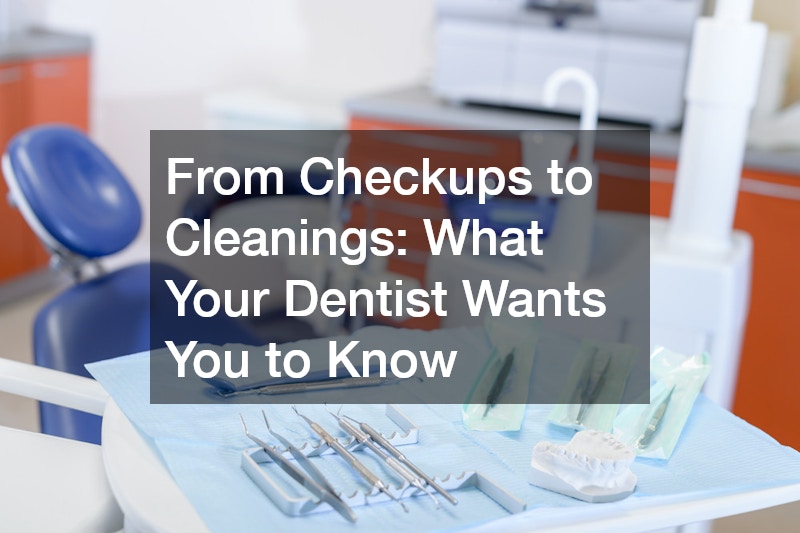Cultivating livestock is an age-old agricultural practice that started ever since humans transitioned from a hunter-gatherer lifestyle to settled farming communities for food and clothing. Fast forward to the modern age where livestock has grown into a widespread and multi-billion industry supplying food and animal products for various applications. In fact, there are about 82,500 businesses in the red meat and livestock industry in Australia which contribute to $18.4 Billion to the country’s GDP. However, even with advances in technology, those who work with livestock are still exposed to certain risks and hazards. As such, we’ll be taking a look at safety tips for workers who handle livestock:
Proper Training
One of the best ways to avoid any accidents and injuries with your workers and livestock is to properly educate and train those that will be handling them. Your training should include proper handling of the animals, equipment, and any safety protocols in place in case of any incident. You should also instil the virtue of patience with your livestock workers as animals may refuse to cooperate; any aggressive action such as poking, prodding, or even yelling can agitate the animals and cause them to attack.
Slow and Steady
Whether you’re new to the farm or a seasoned livestock worker, it’s important that use calm and deliberate movements when handling livestock. Any sudden movements and loud noises can cause animals to turn uneasy which may result in a livestock-related injury or worse. If animals are frightened due to some other external threat (or something they perceive as a threat), it’s important to be extra careful, and it may sometimes be even best to wait for them to calm down first before attempting to approach.
Yard Design and Equipment
The facility and equipment are among the biggest factors contributing to both the safety of the worker and the animal. It’s important that a livestock farm’s yard and features (such as crushes, cradles, and sheds) are well-suited to the size and strength of the animals, and shouldn’t have blind corners or sharp turns. That said, it’s best to have the professional manufacturer properly design your semi-permanent or permanent yards for cattle and other livestock with both safety, productivity, and aesthetics in mind. Gates and other access ways for the animals and the workers should be strategically placed and should allow workers for an easy exit in case something goes wrong. Lastly, it’s important to regularly clean and maintain the facility to make sure that they work properly as well as to prevent accidents from slipping, tripping and also diseases.
Be Wary of Males and Mothers With Offspring
It’s normal for animals to be territorial and protective. Male animals are often quite aggressive when someone crosses their territory and feels that they’re a threat, while mother animals with children also react just as aggressively in order to protect their offspring.
Gear Up

It should be an SOP for every farm to have anyone working with animals to use personal protective equipment. Every livestock worker should wear steel-toe boots to prevent any injuries from tools or livestock, non-skid soles to prevent slipping, durable gloves to protect one’s hands from chemicals, fluids, or even diseases (use sterile gloves when vaccinating or operating on livestock), and also to wear a dust mask to prevent your mouth, nose, and lungs. Farmer’s lung is one of the most common ailments among dairy farmers caused by exposure to dust from hay dust, mould, and other agricultural products.
Conclusion
Working with livestock can be lucrative and even enjoyable as long as you follow the most basic of safety measures. So make sure that you have the right gear, yard, equipment, and training program to guarantee the safety of livestock workers on your farm.




